Love at first sight
A chance encounter brings a DC–3 back
By Collin Callahan
Sometimes it’s the smallest decisions that make the biggest difference in our lives. That’s certainly the case for Jason Capra.
During a long drive home from an airline ground school course in 2015, he got tired of the interstate and ventured onto the backroads of Ohio. He rounded a corner and found himself at an airport, and towering above a row of hangars was the torn and tattered silver tail of a Douglas DC–3. To say the airplane was in rough condition would have been an understatement. Capra put his hand on the cowling of the derelict airplane and said, “I’m going to do something to save you. You deserve more than this.”
Getting the baby out of Beach City
Capra stumbled upon the DC–3 (actually, a C–53 Skytrooper, the military designation for venerable Douglas DC–3s equipped for passenger transport) some 73 years after it rolled off the assembly line. This particular warbird saw service in the United States, United Kingdom, and North Africa (see “A Historic Airframe,” below). After the war, it was used as an airliner, then was converted into a corporate and executive aircraft. It served as Buckeye One, transporting Ohio’s governors, but since 1992 the airframe had sat outside along a grass airstrip in Beach City, Ohio.
The years and the elements had taken their toll. Hundreds of birds made their roost in the airplane. The fabric control surfaces were in dire need of repair. The windows were clouded, and the plexiglass was flaking off. Despite the rough appearance, Capra fell in love with the airplane and sought out its owner.
“I finally figured out who that was, got in touch with him and I asked if it was for sale or if he’d be interested in selling it. And he said, ‘No, it’s not for sale, not at all.’”
Capra was persistent. For months he called, and finally the owner extended an offer: $100,000. It was a steep price for an airplane that hadn’t flown in this millennium, and far more money than Capra had. The two reached a deal. Capra would put a $20,000 down payment on the airframe (everything that he had), with the understanding that he had one year to pay the balance. If he didn’t, the previous owner would keep the airplane—and the money.
He emptied his savings account. “I gave him every penny I had. I literally went broke in a day,” Capra says. He immediately set about creating a nonprofit organization, Vintage Wings Inc., and fundraising the rest of the money to complete the purchase of the aircraft. With only weeks to spare, Capra delivered a check for the remaining balance on the airplane, and Vintage Wings became the new owner.
Revived






Handing over the check was “a great day,” Capra said. “But now I owned a DC–3 in the middle of nowhere in Ohio that hadn’t flown in 24 years. So now it’s like, ‘OK, are we going to get this out of here?’”
Beach City didn’t have a hangar for the airplane, and Capra was unable to find a spot for it near his home south of Pittsburgh. Once the airplane was flyable, it would be taken to Franklin, Pennsylvania, some 70 miles north of Pittsburgh. To get the airplane into flying condition, Capra and a team of volunteers drove up to two hours each way to Beach City every weekend for nearly two years, and worked long days outside through the summer and winter months.
“When the aircraft was purchased, it was pretty much a paperweight,” Capra said. “I mean, the engines, you could turn the props through, but other than that, nothing worked on this thing. Everything was frozen in place. The landing gear needed to be completely overhauled and replaced. The flight controls—everything back to the tail elevators and the rudder—were destroyed from being out in the wind all the time. It was a good frame. It was a good skeleton. But everything else needed to be completely redone.”
One of the volunteers who helped with the initial restoration was Joe Matz. He had been to the Beach City Airport for an event with his father and had seen the airplane before Capra purchased it.
“I always thought it’d be cool to see it fly,” said Matz, now 26 years old. “My dad texted me an article saying that someone found the airplane and was going to restore it. I was living in Cleveland, it’s like an hour-and-a-half drive, so I just showed up like, ‘What do you need?’ And that’s how it started, and I just never stopped showing up.”
Since Matz started volunteering, he has earned his A&P certificate. He’s now the director of maintenance for Vintage Wings and serves as vice president on its board.
On October 6, 2018, the DC–3, now named Beach City Baby, lifted off from its namesake airport for the first time in more than two decades with Capra and veteran DC–3 pilot Ian Hengst at the helm. Four hundred people came to the small airport to watch the flight. The airplane was moved to its new home in Franklin, Pennsylvania, that day, and for the first time in 25 years it was put into a hangar. Although it was a major milestone, the restoration effort still had a long way to go.
A new home
There’s no question that you’re in the right place when you walk into Vintage Wings’ hangar at Venango Regional Airport (FKL) in Franklin. A small museum and gift store displays Beach City Baby hats, T-shirts, model airplanes, stickers, and shoes, and there’s a floor-to-ceiling photo of a DC–3 on the back wall. Display cases contain briefing pamphlets given to passengers on Air Transport Command flights, an authentic leather flight jacket, the wings of one of the pilots of the airplane (which were flown on the first flight after restoration), and a helmet rumored to have been worn and signed by Dwight D. Eisenhower (they are working to authenticate the autograph).
Beach City Baby looks right at home in the hangar. The only indication of how close the airplane came to being scrapped is a photo of the derelict airplane displayed on the hangar door. The full restoration of the airplane was completed in May 2022.
Mechanically, the airplane is like new. All of the hoses under the engine cowlings were replaced; exhaust stacks were sandblasted and powder coated; new hydraulic lines were installed; broken cockpit instruments were swapped out; new control cables were run; and years of grime and corrosion were removed.
Aesthetically, the restoration took the airplane back to its World War II roots. It sports an Air Transport Command livery like the one it had during the war and carries nose art that was custom designed by artist Chad Hill of Django Studios. The interior of the airplane was meticulously restored and configured as a medevac transport, with two-by-two seats and stretcher bunks near the front of the cabin. Signatures from veterans—some who crewed DC–3s in World War II—line the walls, occasionally with accompanying photos.
The work was completed by Capra, Matz, and an extensive team of volunteers whose experience ranges from a middle school student to career airline mechanics. Capra made sure anyone who wanted to help out had a job to do, especially younger volunteers.
“If we can’t pass this on—and this knowledge on and this passion on—to the next generation, these airplanes aren’t going to fly,” Capra said. “I was turned away from an organization or two even when I was a kid, because people don’t know how passionate or serious you are with this stuff. But you never know. Taking two minutes to talk to somebody and actually just sharing with them what you’re doing, what kind of fire that can ignite to spark their passion to want to pursue their dreams.”
Sophia Breitenbach, the middle school student, came to work on the airplane with her dad, John Breitenbach, who is an A&P.
“At first she started off just hanging out in the back of the hangar, coloring her coloring book and stuff,” said Capra. “Every once in a while she’d come over and see what we were doing. Lo and behold, three years later, she has her own big toolbox in the back of the hangar.”
Sophia proved to be an essential part of the restoration team during winter maintenance. The crew needed to remove and replace the horizontal stabilizer to address a corrosion issue. Sophia climbed into the tail with sockets and wrenches to help break bolts; she was the only one small enough to do so.
“When the aircraft was purchased, it was pretty much a paperweight...you could turn the props through, but other than that, nothing worked on this thing.”A few years ago, Troy Warinner, a World War II buff without an aviation background, came by the hangar just to see the airplane. Capra asked if he wanted to help out, and soon Warinner was working on projects. He played a large part in creating the museum as well as an era-appropriate flight operations office inside the hangar.
“It never gets old when you come in here,” he said. “It just introduces you to the organization right off the bat. I love when people come in and say, ‘Wow, look at this.’ It feels good.” Warinner is now the director of history and the hangar museum and helps crew the airplane at airshows along with his wife, Megan.
For Capra and the volunteers, keeping the DC–3 in the air is a labor of love. The crew is at the airport nearly every Saturday, some driving nearly two hours to help on various projects. They have built a close-knit community. After working on the airplane, they often head to a restaurant on the main street in Franklin for dinner.
“It’s a family here, I guess, is the best way I can describe it. We all lean on each other and rely on each other,” said Matz.
Back in the air
Beach City Baby completed its first year on the airshow circuit in 2022 and has several events on the calendar for 2023. Sharing the airplane, its history, and the stories of the veterans who served in World War II is paramount for the volunteers who keep Beach City Baby flying.
“You could be inspiring the next kid to be the next director of maintenance for some warbird organization or to get his A&P or pilot’s license,” Matz said. “That’s really important to me, to try to spark that passion and help keep the ball rolling down the road.” And, despite the setbacks that come with keeping an octogenarian flying, Capra is still head-over-heels for the airplane.
“Flying this airplane is what I always thought being a pilot would be,” Capra said. “You get up there and there’s just levers and pulleys and switches everywhere, and you’re high up off the ground and you start that engine up and the whole thing shudders to life and you smell the oil and gas and the hydraulic fluid,” he said.
“Nothing beats when that tail comes up off the ground and that thing leaves the ground. It is just the most stable, true airplane I’ve ever flown in my life. There’s a reason that there’s as many of these still flying 80 years later. You know, it really is a love affair.” vintagewingsinc.com

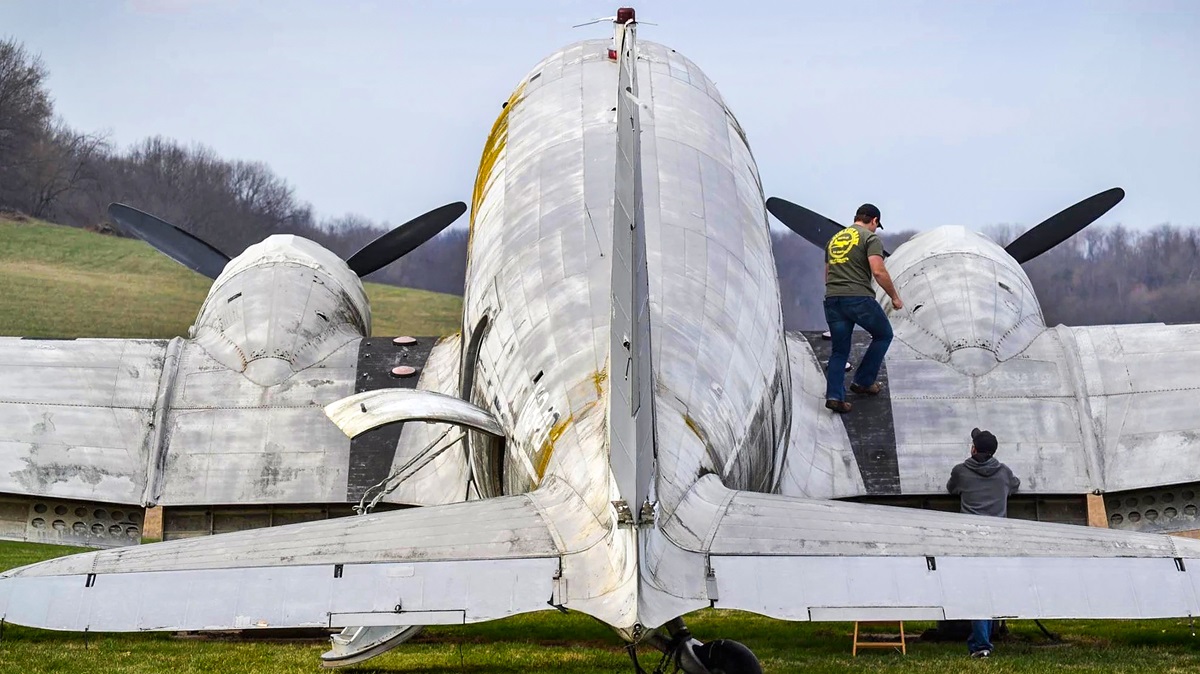
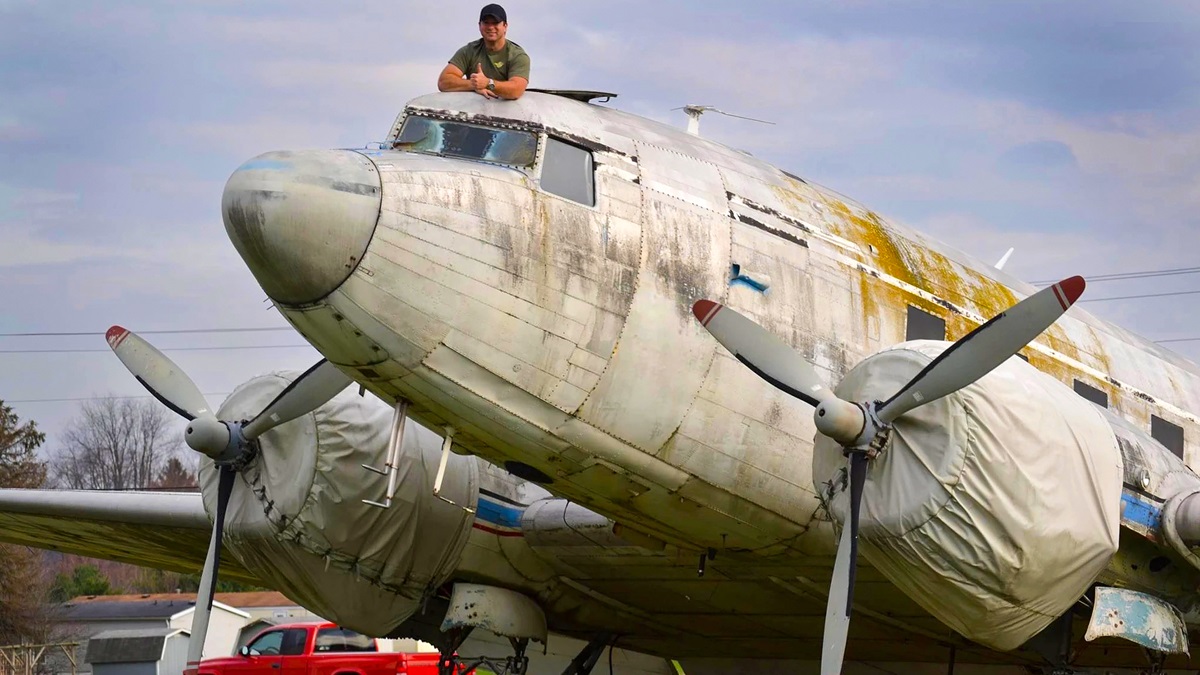
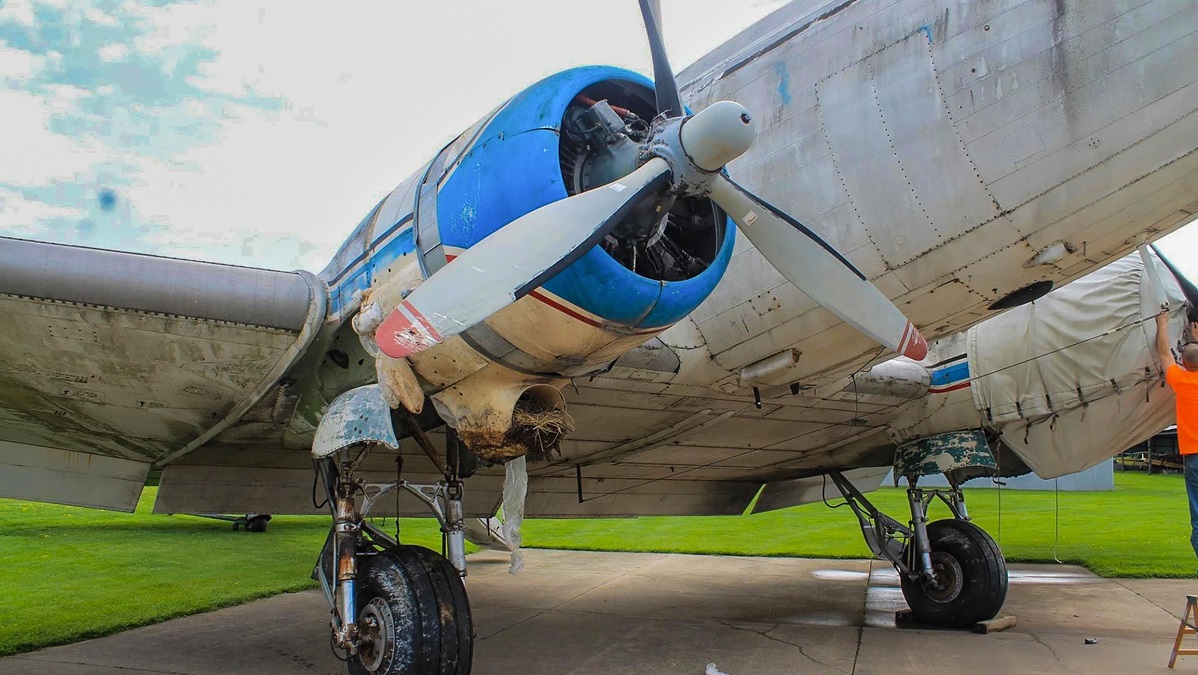
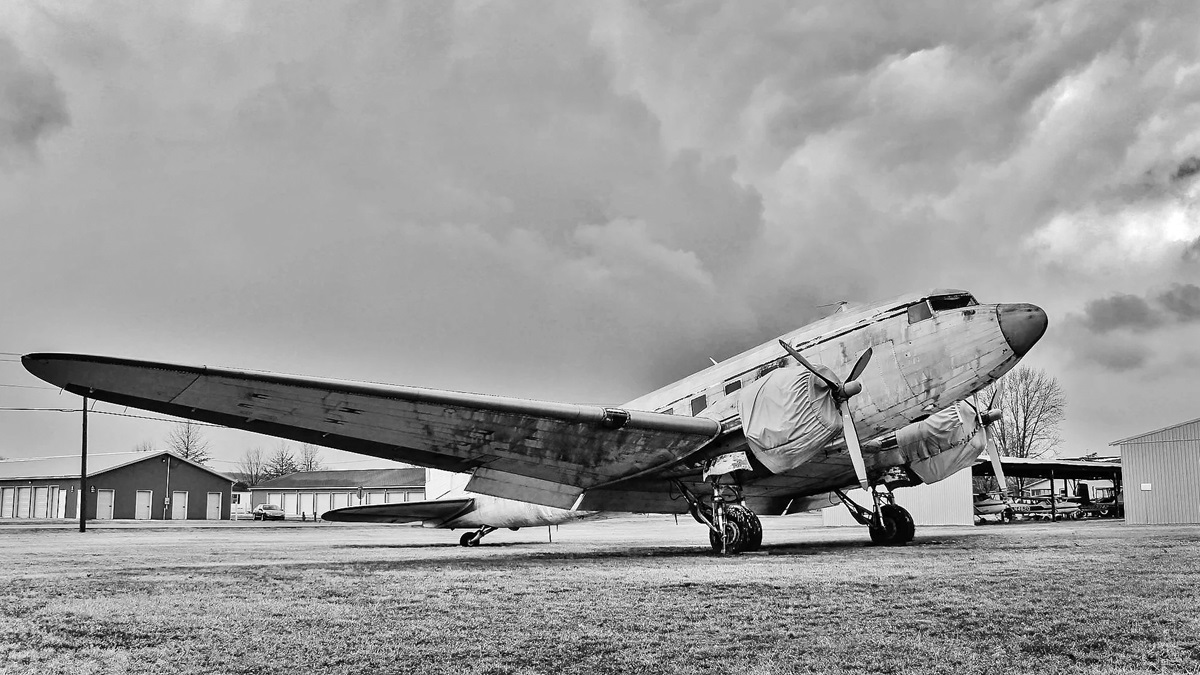


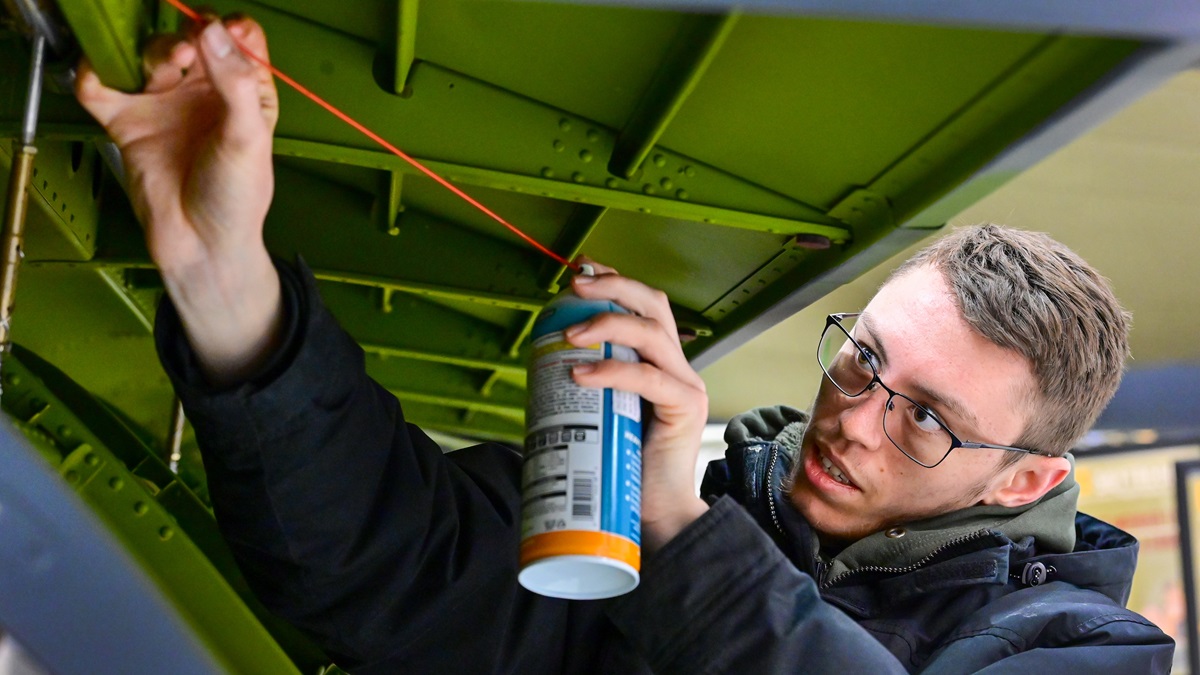
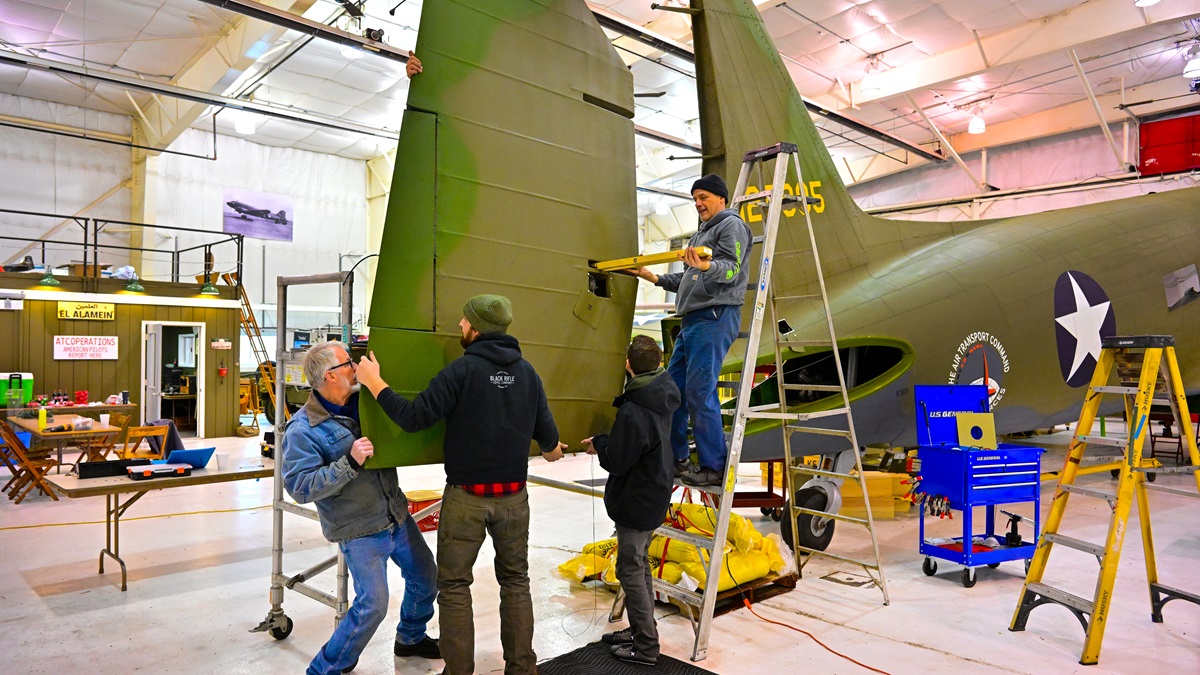
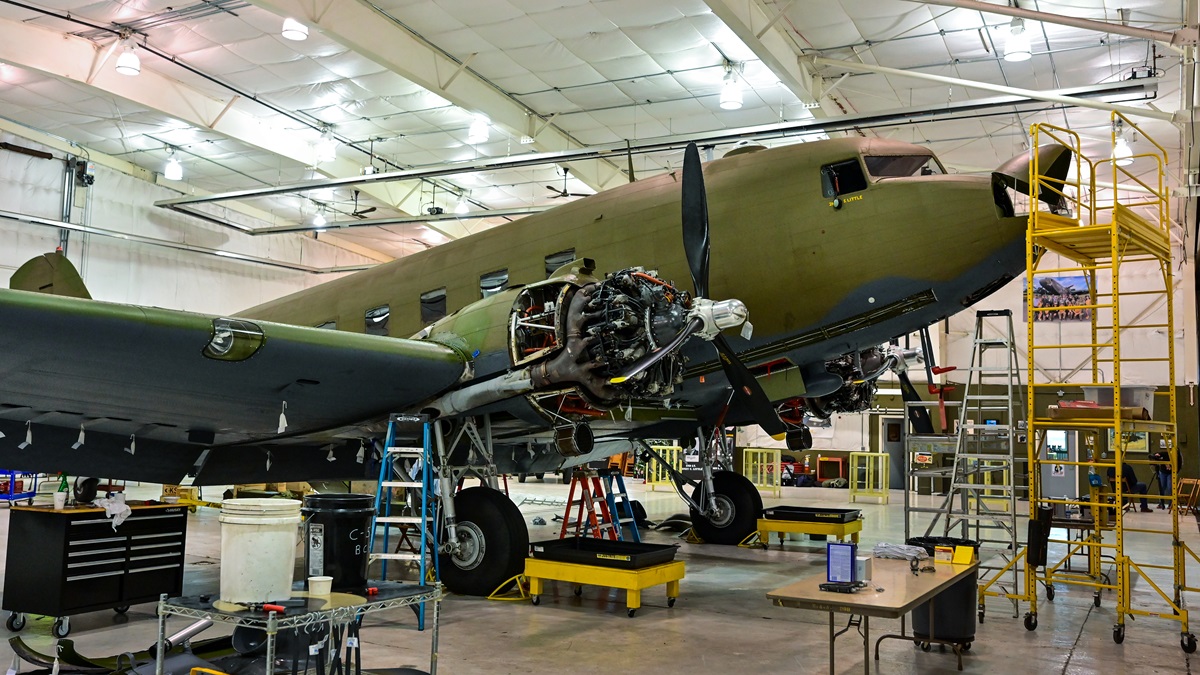
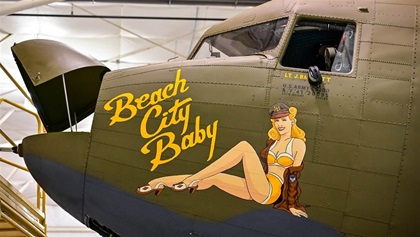 41-20095. That’s the serial number that Beach City Baby was issued when it rolled off the factory floor in 1942. And, as far as the restoration team can tell, that’s the only name the airplane had during World War II. The restoration team reviewed every photograph and historical document they could find about the airframe, but none showed or mentioned a name like so many other warbirds have.
41-20095. That’s the serial number that Beach City Baby was issued when it rolled off the factory floor in 1942. And, as far as the restoration team can tell, that’s the only name the airplane had during World War II. The restoration team reviewed every photograph and historical document they could find about the airframe, but none showed or mentioned a name like so many other warbirds have. 

